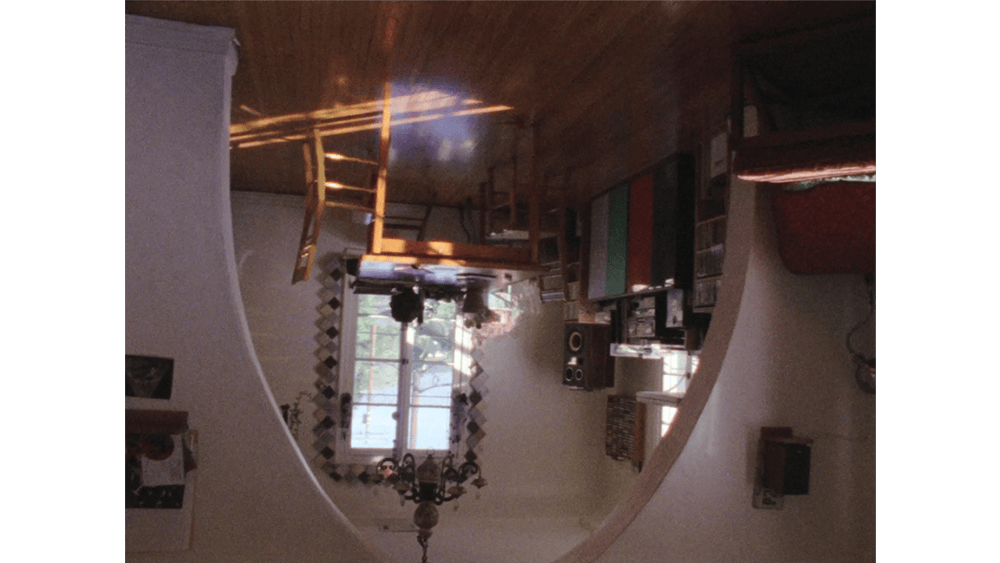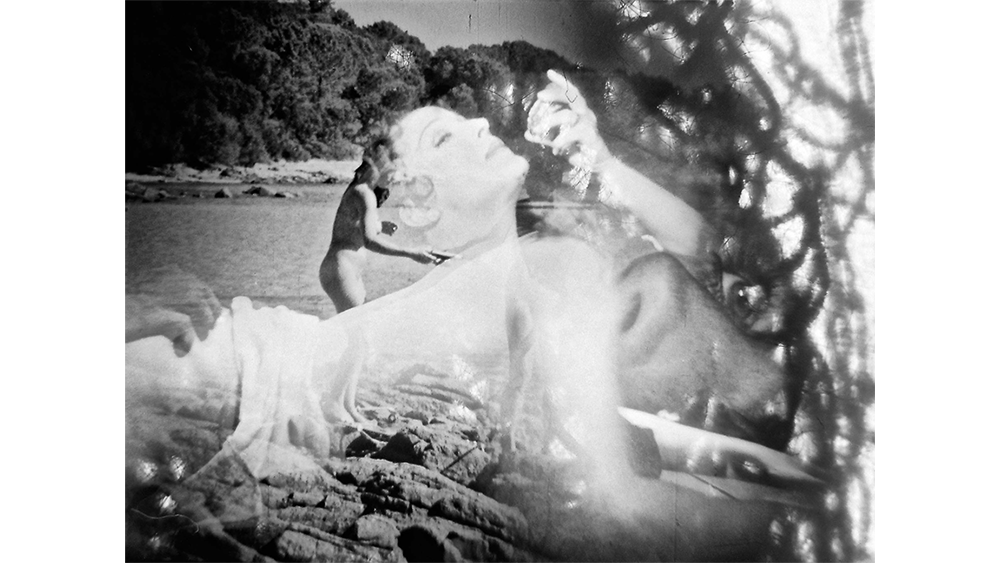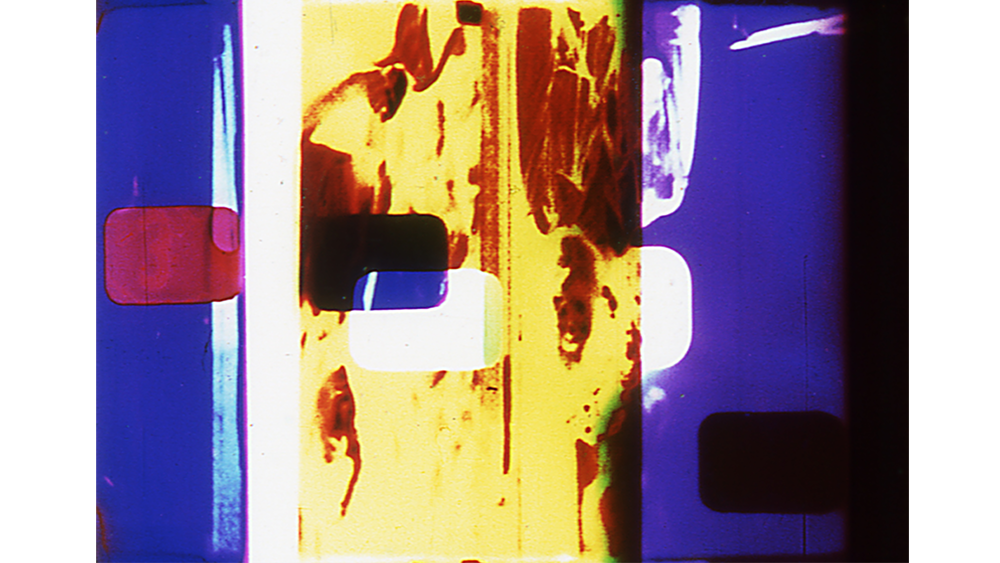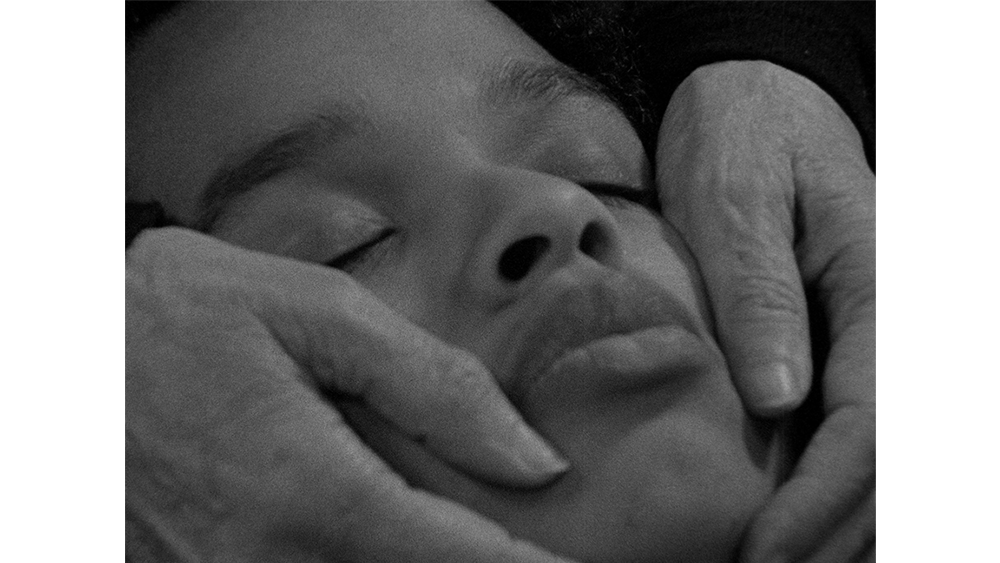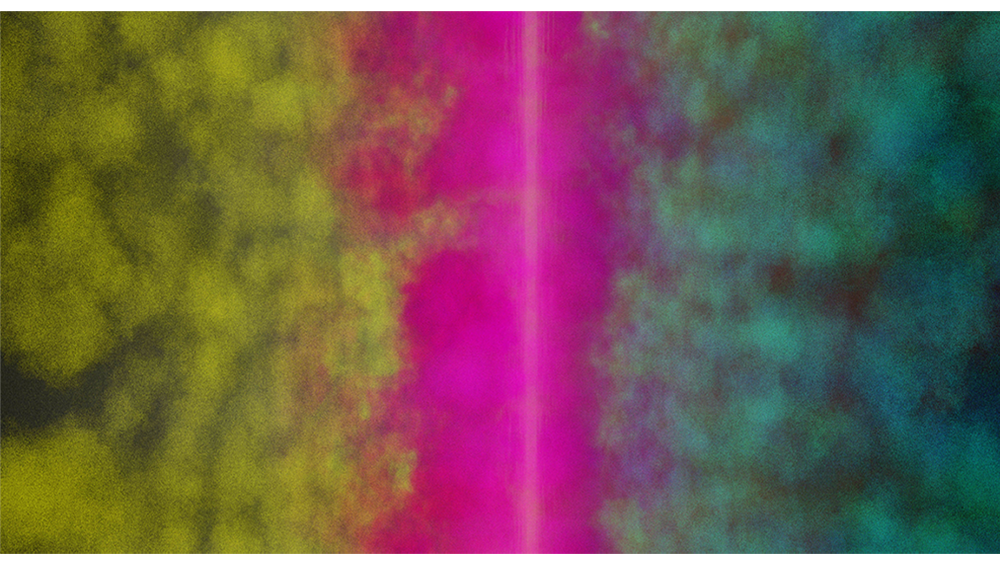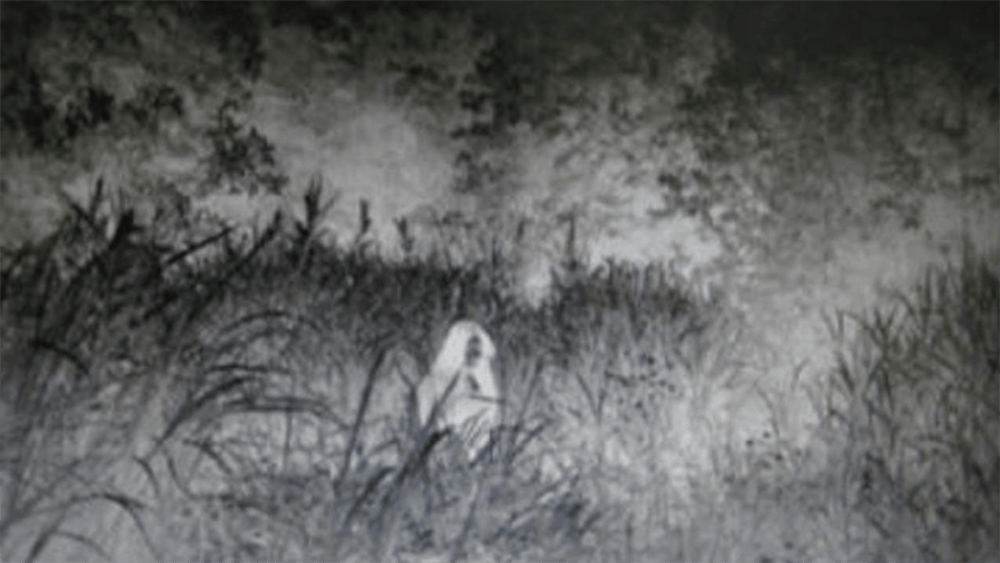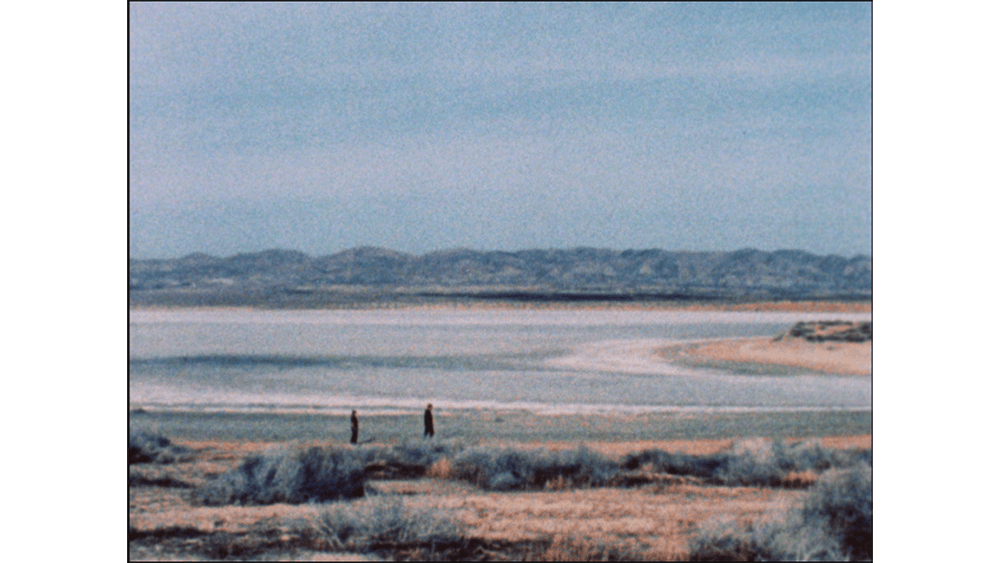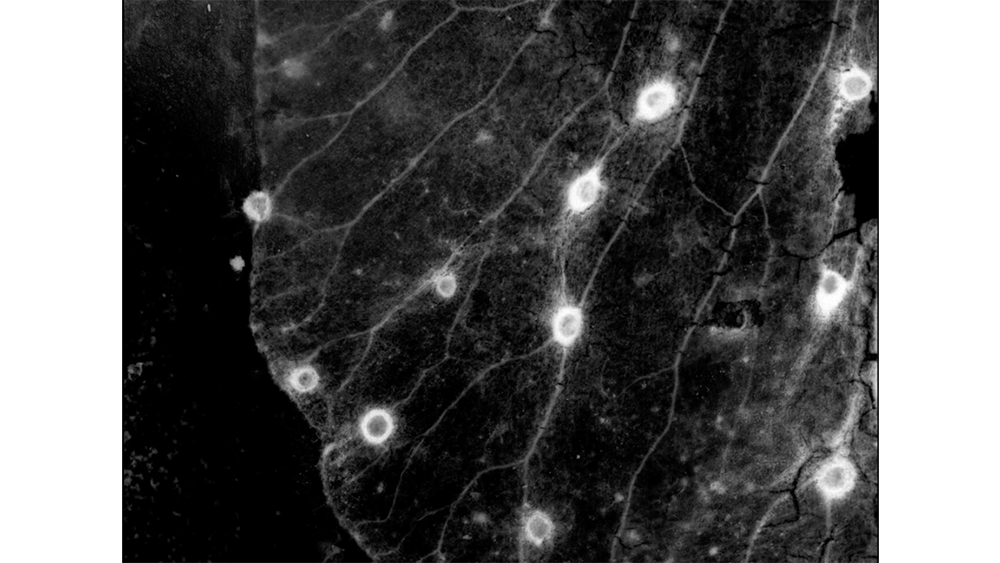The Chicago Film Society is proud to welcome you to the third edition of Celluloid Now: four days of screenings, workshops, and other events showcasing the work of analog filmmakers and artists, alongside archival rediscoveries and restorations. More about this edition’s participants here.
Jump to a day on the schedule:
Accessibility: All Celluloid Now locations are wheelchair accessible. Please contact Rebecca Lyon at rlyon@chicagofilmsociety.org for more information about building accessibility or refer to individual venue websites:
• Constellation
• Gene Siskel Film Center
THURSDAY 10/9
8:00 PM
Program 1 — Light & Noise
Constellation
3111 N Western Ave
Tickets: $15 at the door or in advance
Light, Noise, Smoke, and Light, Noise, Smoke (2023, Tomonari Nishikawa, 6 min.) — 16mm
Estuary (2021, Ross Meckfessel, 12 min.) — 16mm
Skeyesee (2024, Jimmy Schaus, 3 min.) — 16mm
Cycladic Thermometer (2017/2023, Kate Dollenmayer, 8 min.) — 16mm
Genesis 38:14-15 (2025, Ayanna Dozier, 5 min.) — 16mm
Doing It For Daddy (2025, Ayanna Dozier, 3 min.) — 16mm
Marooned (2024, Ben Kappitt, 3 min.) — Super 8
the circle game (2025, Blanca García & James Devine, 3 min.) — Super 8
A Home of Clouds and Trees no. 2 (Returning Cloud) (2025, Michael Metzger, 3 min.) — Super 8
A Country Mile (circa 1973, JoAnn Elam, 3 min.) — 16mm
[Garden & Joe] (circa 1980, JoAnn Elam, 3 min.) — 16mm
Holographic Will (2023, Mike Stoltz, 6 min.) — 16mm
INCHOATRACIES OR EVERYTHING IS AS IT GOES IN ANTEROGRADE (2024, Zack Parrinella, 2 min.) — 16mm
infinite column (2022–2025, arc, 12 min.) — artist-operated 2x16mm
Runtime: Approx. 90 minutes with an intermission.
This program begins with its namesake film, the last completed by the dearly missed Tomonari Nishikawa. Its title, Light, Noise, Smoke, and Light, Noise, Smoke, elegantly describes the forms each of the film’s Super 16 image takes as it moves through the projector. First: the light which projects towards the screen as the film runs through the projector gate. Second: the noise which the projector’s sound reader translates from the variance in opacity between bursts of sparks and the night’s sky. Third: smoke, open to interpretation but ideally not something related to the projector. Since time immemorial, small gauge film artists like those in this program have made do with a paucity of resources by finding novel, unexpected, and exciting ways to work with film stock, cameras, and projectors. In this program, you’ll find a poetic interpolation of the instructions printed on the side of a darkroom thermometer, a somnambulist tour through the modern inferno of digital screen life in sumptuous 16mm, two brand new 16mm preservation prints of work by Chicago experimental filmmaker and postal worker JoAnn Elam, and a multi-projector performance by arc, catching a wave on the visible spectrum.
A Country Mile and [Garden & Joe] were preserved by Chicago Film Archives in 2024, thanks to an Avant-Garde Masters Grant from the National Film Preservation Foundation and The Film Foundation.
FRIDAY 10/10
6:00 PM
Program 2 — Notes & Threads
Gene Siskel Film Center
164 N State St
Tickets: $13 at the door or in advance
SEA 404 (2019, Cherlyn Hsing-Hsin Liu, 3 min.) — 16mm
RUN! (2019, Malic Amalya, 10 min.) — 16mm
On Another Note (2019, Saul Levine, 5 min.) — 16mm
Jardin du sel (2011, Rose Lowder, 16 min.) — 16mm
Obey Your Air Raid Warden (1942, Robert Davis & Harry Hilfinger, 3 min.) — 16mm
La Grande Dame (étude) (2005/2011, Alexandre Larose, 3 min.) — 35mm
Thread (2023, Abigail Smith, 2 min.) — 35mm
June (2012, Leopoldo Bloom, 6 min.) — 35mm
The Exquisite Corpus (2015, Peter Tscherkassky, 19 min.) — 35mm
Runtime: Approx. 90 minutes
Film has proven such a remarkably durable medium for artists that in recent years it’s started to feel like “film is dead” is finally becoming a minority opinion again. We’ve only been able to get to this point through the efforts of artists who have demonstrated analog cinema’s viability by continuing to make work on film, and the growing network of analog exhibitors and community-driven skill sharing initiatives that have supported them. While the films in this program take a diverse set of artistic approaches, all of the artists behind them share a stubborn unwillingness to just let film go. Cherlyn Hsing-Hsin Liu’s SEA 404 is perhaps the grainiest film we’ve ever seen, a shimmering procession of greyscale abstractions, with a howler of a punchline for the medium specificists. Known for his bombastic approach to found footage filmmaking, Peter Tscherkassky reengineers scraps of vintage pornography into a visceral, psychosexual nightmare mosaic in The Exquisite Corpus. One of two films in this program made by a filmmaker in their 70s, Saul Levine’s On Another Note is a pleasantly nagging, amicably confusing late entry in his career-long practice of scribing personal notes in celluloid. The other featured septuagenarian here is Rose Lowder with Jardin du sel, a technical one-off that counts as Lowder’s only film to date shot on reversal stock, as well as one of the very last films shot on commercially processed Kodachrome.
Obey Your Air Raid Warden was preserved by Chicago Film Archives in 2024, thanks to a grant from the National Film Preservation Foundation.
SATURDAY 10/11
noon
Program 3 — To the Lamphouse: Light & Lenses for Projection Explained
Chicago Film Society Office
RSVP for address
Free admission with RSVP; space is limited.

The following works will screen in tandem with an interactive workshop on projector light sources, lenses, and optics conducted by Julian Antos of the Chicago Film Society and Justin Dennis of Kinora:
Castle One (1966, Malcolm Le Grice, 18 min.) — 16mm w/ light bulb
Anna (2024–2025, Chae Yu, 15 min.) — artist-operated 16mm
Runtime: Approx. 90 minutes
At CFS, we spend a lot of time talking about the film prints we show, their history as physical objects, and characteristics inherent to the way they were produced. Equally important are the light sources that illuminate them, and the optics which make them visible to the human eye. This interactive workshop will focus on projector light sources — both historical and those still in use today — projection lenses and other optics, and other variables that affect how light travels to a cinema screen.
Also included in this program are two expanded cinema works which creatively redirect the flow of light as it moves beyond the film gate and towards the screen. Mostly assembled from scrapped commercial 16mm audiovisual materials, Malcolm Le Grice’s Castle One features a unique presentation apparatus designed to maximally disrupt its own projection: a bare light bulb is hung in front of the screen for the duration of the film and periodically turned on and off, effectively nullifying the image with every flash. In her performance piece Anna, Chae Yu guides a modified anamorphic compression lens through a set of optical choreographies. With every twisting, repositioning, and resettling movement, clusters of luminance disperse, shapes divide or multiply themselves, blotches of color cohere into patches of light, or dissemble back into dimness, all of this set to the clanging accompaniment of the projector’s own amplified innards.
SATURDAY 10/11
6:00 PM
Program 4 — Revolvey & Bullwinkle
Gene Siskel Film Center
164 N State St
Tickets: $13 at the door or in advance
Assets (2025, Christine Lucy Latimer, 2 min.) — 16mm
Nightwalker (2022, Ayanna Dozier, 7 min.) — 16mm
Limited Sight Distance (2016, Curt Heiner, 5 min.) — 16mm
Damage Control (Bullwinkle film) (2010, Adam Paradis, 4 min.) — 16mm
Flowers for an Old Shrine (2025, Long Pham, 6 min.) — 16mm
The Last Train (2016, Dianna Barrie & Richard Tuohy, 12 min.) — 16mm
Zero Length Spring (2021, Ross Meckfessel, 16 min.) — 16mm
Revolving Rounds (2024, Johann Lurf & Christina Jauernik, 11 min.) — 35mm
Runtime: Approx. 90 minutes
While a significant number of the screenings we’ve presented across the three Celluloid Now editions to date have not followed a specific theme, throughlines often assert themselves, connecting films made under totally different circumstances with totally different aims. For the films in this program, the bonding agent is a unique, spectral strangeness tethered to the acts of shooting and projecting film. In a series of lengthy, observational takes, Ayanna Dozier’s Nightwalker distills its titular occupation to the very act in its name, constantly moving with its main character as she hustles ever-forward through the night. Adam Paradis’s Damage Control slices, dices, scrambles, and repeats a ten second sequence originally used in the hit animated television program Rocky and His Friends, transforming moose and squirrel alike into flicker film icons. Perhaps the most perverted object in all of Celluloid Now this year, Christine Lucy Latimer’s Assets flagrantly discards celluloid’s indexicality in favor of a kitschy simulation, a visual stack of hundreds of chintzy, digital “film” filters placed on top of one another, which Latimer prints to 16mm Ektachrome reversal stock and processes herself in a triumphant moment of reification for film. Beginning with a slow, gliding shot across a field, Johann Lurf and Christina Jauernik’s Revolving Rounds travels forward with steady purpose, moving through strange agricultural spaces, observing strange projection equipment, taking a few metaphysical twists and turns, and getting enmeshed in what appears to be the silver halides in the universe’s film emulsion.
SUNDAY 10/12
2:30 PM
Program 5 — Celluloid City Seoul
Gene Siskel Film Center
164 N State St
Tickets: $13 at the door or in advance
1998 (2002, Sungsuk Suk, 5 min.) — 16mm
The Dark Room (2001, Minyong Jang, 5 min.) — 16mm
The Breath (2007, Minyong Jang, 10 min.) — 16mm
Tide (2007, Jang Eunju, 8 min.) — 16mm
Footage (2015, Minjung Kim, 3 min.) — 16mm
(100ft) (2016, Minjung Kim, 3 min.) — 16mm
Count Footage (2016, Minjung Kim, 3 min.) — 16mm
Study for Three Streams (silent version) (2024, Park Kyujae, 5 min.) — 16mm
Chang Gyeong (2024, Jangwook Lee, 17 min.) — 16mm
Runtime: Approx. 60 minutes
For most of the commercial film industry, the “digital transition” was treated as a foregone conclusion. This trajectory hasn’t been quite so clean when it comes to independent film artists. The 21st century has witnessed the rise of small, cooperatively run film labs, and dedicated showcases for working artists still exhibiting on film (like Celluloid Now). Korean artists have been making experimental films since at least the 1960s, but for the last twenty years especially, Seoul has been home to one of the most exciting analog filmmaking scenes in the entire world. The Experimental Film & Video Festival in Seoul (widely known as EXiS) was founded in 2004, significantly expanding exhibition opportunities for artists in the city and bringing their work into conversation with the greater international film community. The same year, filmmaker Jangwook Lee opened Space Cell, a site initially designed to accommodate experimental filmmaking workshops and related screenings, which expanded in 2006 to include an artist-run film lab. These developments have been transformative for film in Seoul, providing the spaces necessary for a community to form around analog filmmaking and facilitating access to the resources necessary for artists to learn, exercise, and share related technical skills. This program brings together a sampler of 16mm films by Korean filmmakers made across this still-young century, illustrating how each wave of young artists in this scene has benefitted from the work of their analog predecessors, and subsequently built upon this foundation for the benefit of the next generation. This isn’t to say this is a homogenous group of artists. Each of these six filmmakers has developed a unique sensibility, spanning structuralist one-liners, austere narrative tableaus, and several different and distinct flavors of visual abstraction. Considered individually, every filmmaker here is an immense talent in their own right. Taken collectively, they’re even better.
Co-programmed by Chae Yu.
SUNDAY 10/12
5:00 PM
Program 6 — Celluloid City Chicago
Gene Siskel Film Center
164 N State St
Tickets: $13 at the door or in advance
Mounds Above the Earth (2025, Jiayi Chen, 7 min.) — 16mm/35mm
Green Today [fragment] (2025, Cameron Worden, 3 min.) — 35mm
Shed (2024, josh brainin, 7 min.) — 35mm
Olympic Order (2025, Kioto Aoki, 15 min.) — 16mm
Camera Roll 3 (2018-2022) (2023, Charles Cadkin, 3 min.) — 16mm
Color Negative (2023, Sara Sowell, 6 min.) — 16mm
Paloniya (2024, Ashley Dequilla, 3 min.) — 16mm
Guarita (2025, Lua Borges, 3 min.) — 16mm
Home without organs (2025, Yao Song & Zihan Mo, 2 min.) — 16mm
cloud film (2024, Tristen Ives, 11 min.) — 16mm
GD2 (2021, Julian Antos, 11 min.) — 16mm
Giddy Up Cowboy (2024, Justin Dean, 2 min.) — 16mm
Microbudget (2025, Ben Creech) – 16mm *Installation*
Runtime: Approx. 90 minutes
Since the first Celluloid Now in 2022, we’ve seen an explosion of activity around analog cinema among young filmmakers. While it has been heartening to see new artists embrace film on an international scale, we’re especially excited that in recent years, Chicago has quietly fostered a sizable and immensely talented pool of analog filmmakers. For this edition of Celluloid Now, we’re closing with a selection of works made by filmmakers we’re claiming for the city of Chicago, all of whom are under 40 years of age. Some filmmakers featured here will be screening their work publicly on film for the very first time. Others have already built impressive analog corpuses and screened in multiple Celluloid Now programs. (Chicago Film Society has also hosted recent “Celluloid Now Presents” solo programs for Kioto Aoki and Sara Sowell.) The artists in this program come from a diverse set of backgrounds and artistic traditions, and the array of technical and creative approaches they take speaks to just how flexible the medium of film is. As evidenced by Julian Antos’s GD2, photochemical A-and-B-roll traditionalism is still very much alive, but the recent popularity of affordable “direct positive” digital-to-film printing has made possible work like josh brainin’s Shed, which condenses an unnerving accretion of selfies, surgery photos, and phone conversations into a dissonant soup of abstract analog and digital textures. Eschewing commercial labwork altogether, Tristen Ives opted to process the exhibition print for cloud film themself, a decision which contributes significantly to the film’s unique look. Other films here feature DIY computer graphics, optically printed effects work, and simultaneous 16mm and 35mm projection. These examples only hint at the panoply of creative approaches taken by the artists in this program, whose collective work has made Chicago our favorite city for film in the entire world.
PROGRAM NOTES
In the two years since the last Celluloid Now, Chicagoans have had no shortage of opportunities to see artists’ cinema projected in analog formats. During that time, Doc Films has presented numerous series dedicated to various eras of experimental film with a heavy focus on 16mm projection. Regular programming like Picture Restart, Tone Glow Presents, and the Siskel’s Off Center series have provided Chicagoans with a dizzying number of opportunities to see adventurous, noncommercial artists’ films projected on film. The Chicago Film Society has gotten in on this action too, presenting a smattering of “Celluloid Now Presents” focused on individual artists and film scenes.
This work is often spoken of as being “challenging” or “niche,” but the proliferation of opportunities to see small, strange, personal films, projected on film is the result of a substantive public appetite for these sorts of screenings. By and large, the people organizing these screenings right now are not working with significant institutional funding or resources, typically relying on the fervency of their audience to generate enough ticket sales to cover program costs. This financial model would be horrifically unsustainable if not for a sizable and engaged pool of cinephiles interested in meeting together to watch these films.
Analog filmmaking, especially the kind done by individuals or in small groups, has proven to be one of the most effective conduits we’ve found in the arts for building community. For most artists, acquiring all of the tools necessary to shoot and complete work on film is prohibitively expensive. For an analog filmmaking community, sharing cameras, projectors, and other film tools provides an opportunity to learn from, and become closer friends with your analog filmmaker peers. Artist-run film labs provide an affordable, DIY alternative to commercial labs, significantly reducing the financial burden placed on artists. These labs are only sustainable through the collaborative work of their artist members. Presenting these artists’ work on film requires a physical space, a projectionist, and an audience, folding even more people into these communal practices.
Over the past year in the United States, public arts programming has been pummeled with austerity measures. Much of the funding that supported the first two editions of Celluloid Now has effectively disappeared. As we looked for places to trim the budget for Celluloid Now 2025, a number of compromises were off the table. Celluloid Now is still free for artists to submit their work to. Celluloid Now still pays screening fees to all participating artists. Celluloid Now still covers roundtrip shipping on all film prints. As much as Celluloid Now is about building a community around watching difficult-to-see film art, it’s also about supporting the international community of artists who have kept this art form alive.
Earlier in 2025, we lost a significant member of this community. In addition to being one of the 21st century’s most respected experimental filmmakers, Tomonari Nishikawa was a friend, champion, and mentor to a great many upstart filmmakers, generously sharing his time and knowledge with pretty much anybody who approached him. Many of the artists across these six programs credit Tomonari’s personal warmth and candor for their own involvement in analog filmmaking. We dedicate this year’s Celluloid Now to his memory.
Celluloid Now is supported in part by the Illinois Arts Council Agency, a Grants for Arts Projects award from the National Endowment for the Arts, and a CityArts grant from the City of Chicago Department of Cultural Affairs and Special Events.
Celluloid Now is presented, programmed, and projected by the Chicago Film Society, with help from Hannah Yang and Kathryn Wilson.
SPECIAL THANKS TO:
Olivia Babler & Mickey Gral of Chicago Film Archives; Zachary Epcar of Canyon Cinema; Mike Reed, Nolan Chin, & Nicole Muto-Graves of Constellation; Patrick Friel & Michael Wawzenek of the Gene Siskel Film Center; Jangwook Lee; Douglas McLaren & Ben Ruder of the Film Studies Center at the University of Chicago; Julia Petrocelli & Sheldon Henderson of The Film-makers’ Coop; Gabriel Wallace; Winsor Ytterock of Canadian Filmmakers Distribution Centre; and Chae Yu.
Particular thanks to the lab technicians, projectionists, filmmakers, cinema engineers, collectors, and celluloid diehards who have brought analog film into the 21st century for another hundred years, and to the millions of audience members whose lives will be changed because of it.
THE END
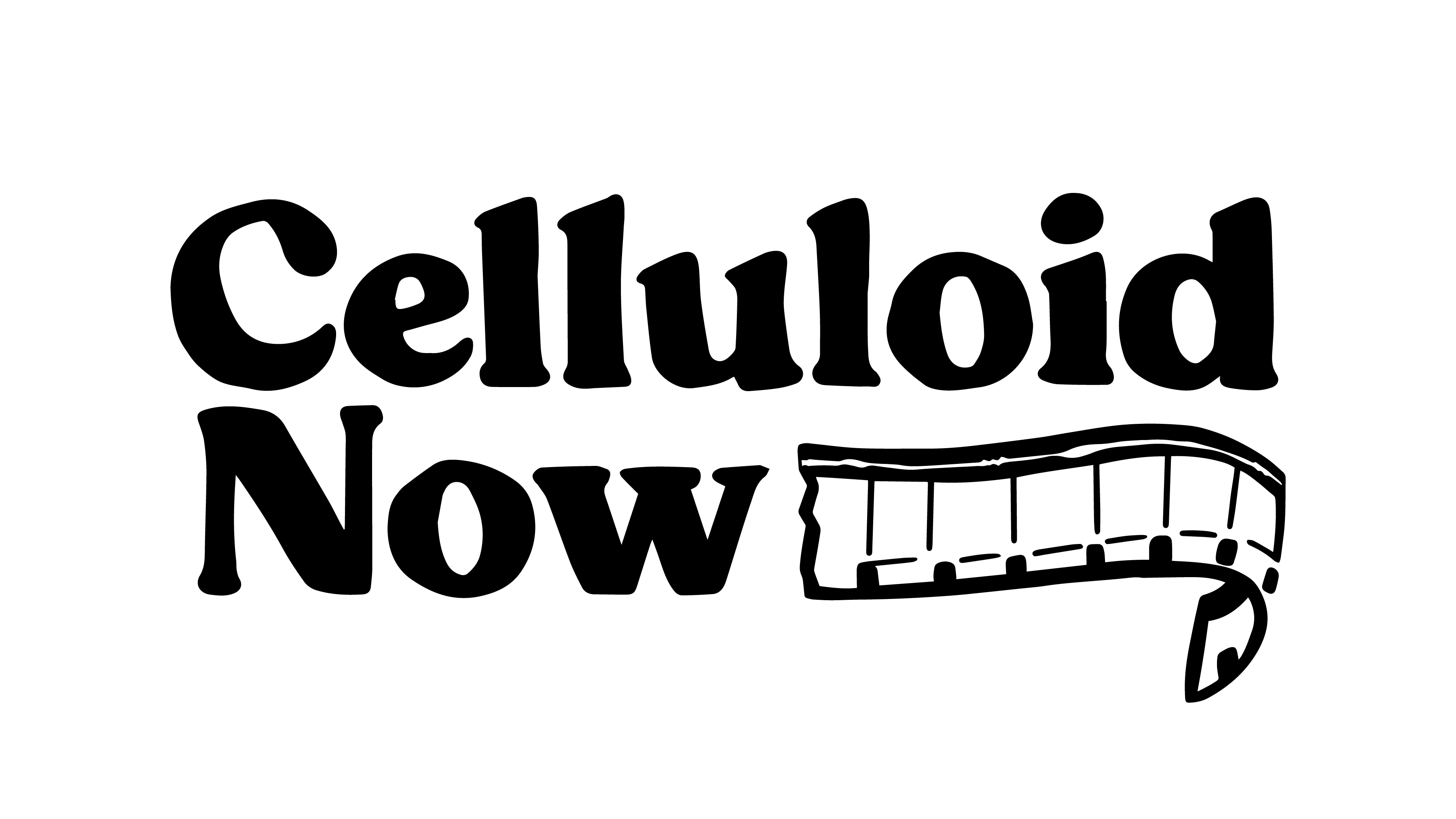
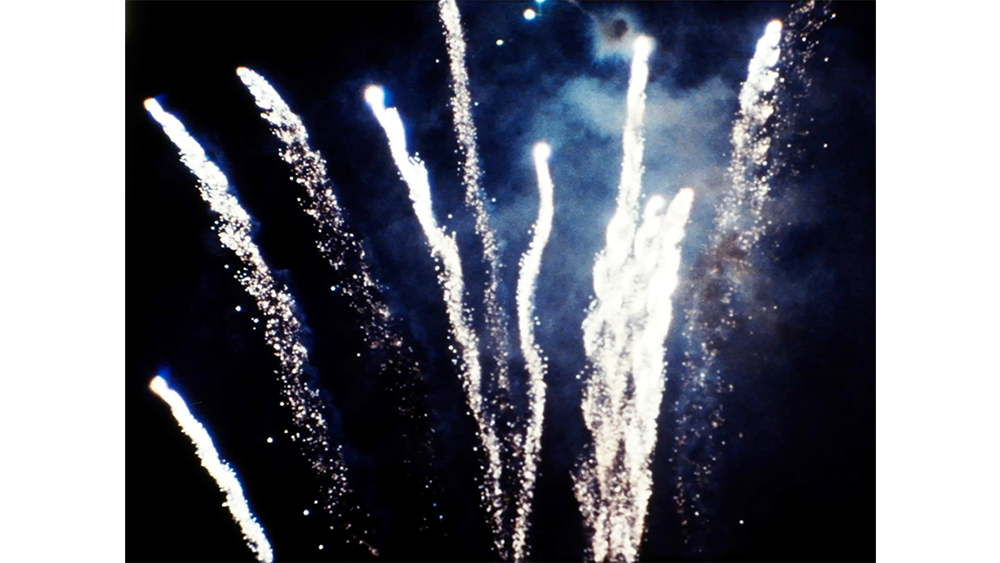


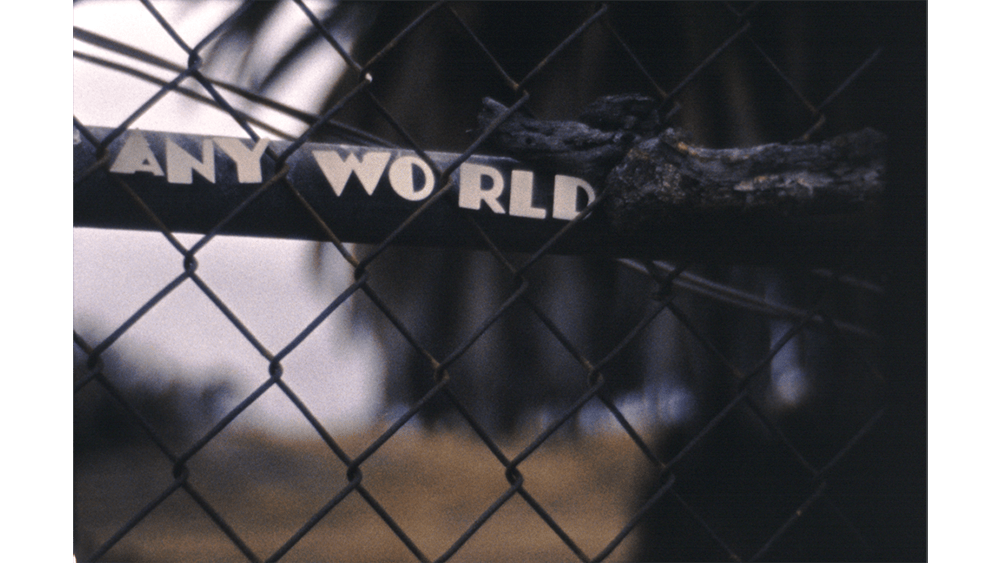


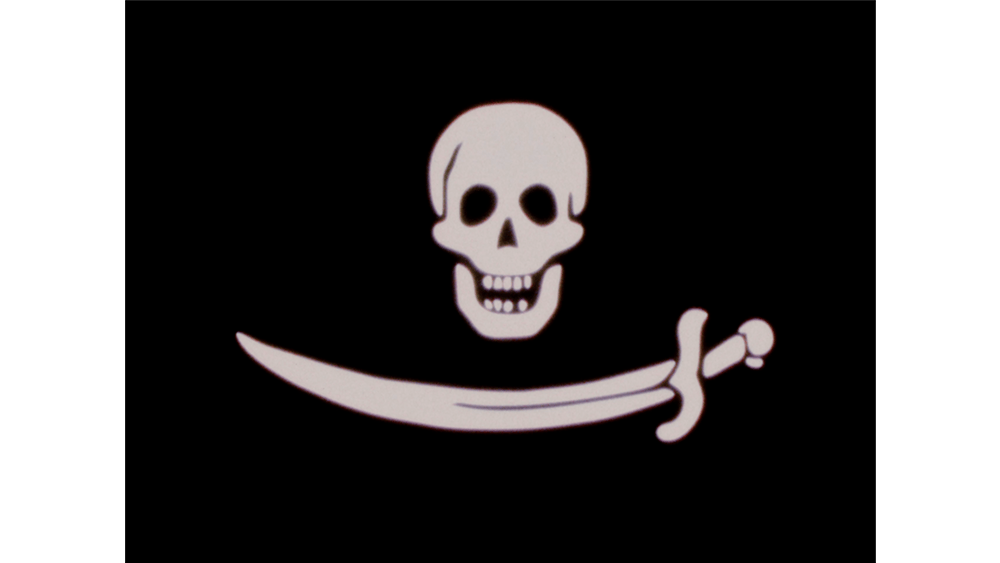

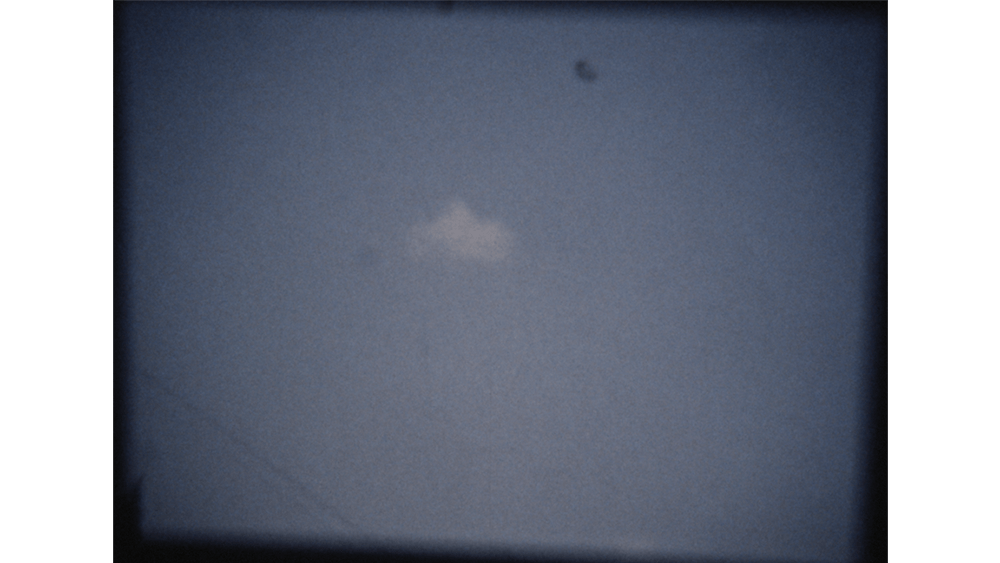

![[Garden & Joe] (circa 1980, JoAnn Elam)](https://celluloidnow.org/wp-content/uploads/2025/09/11GardenAndJoe.png)
